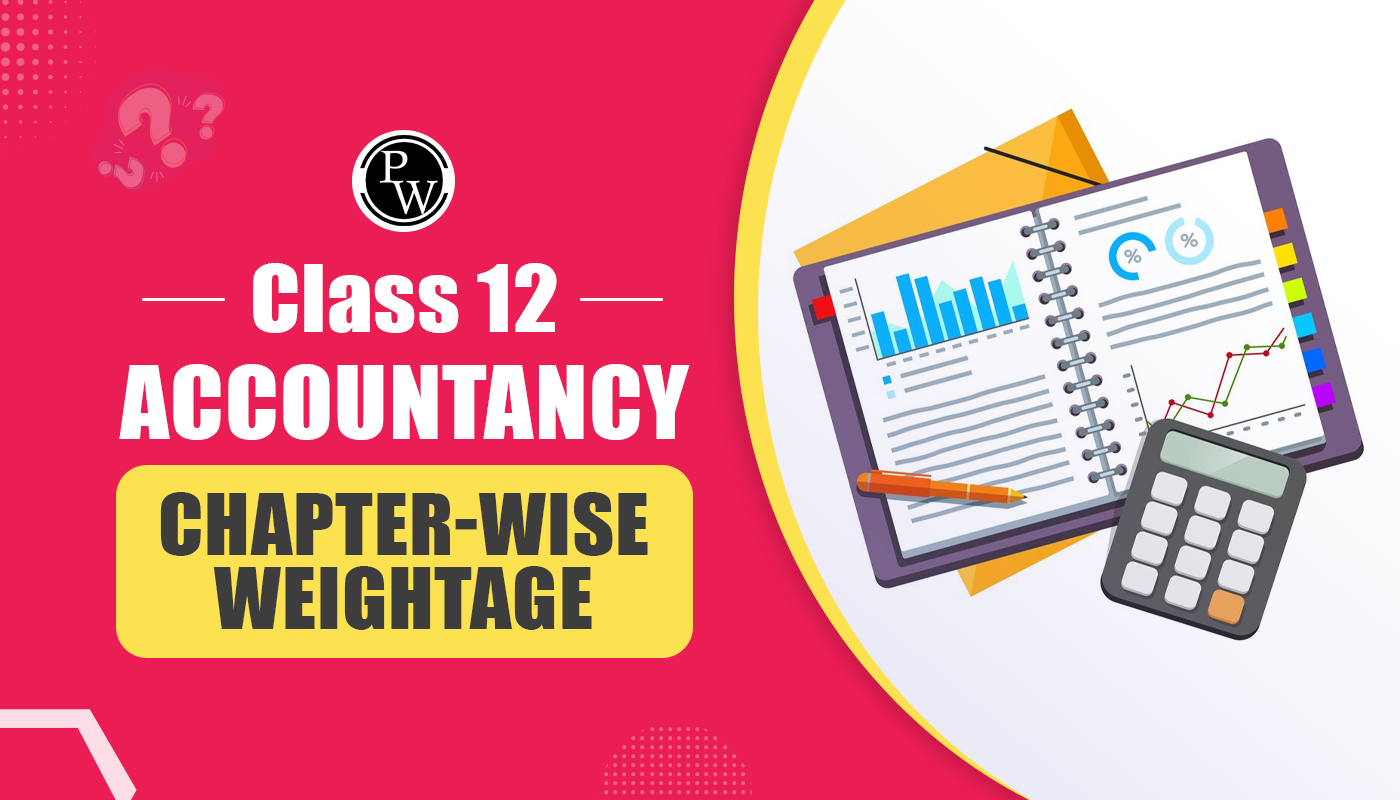
Exports are a major component of international trade, much like imports. They facilitate international trade and stimulate domestic economic activity by creating employment, production, and revenues. Businesses export goods and services in which they have a competitive advantage.
Exporting goods across international borders involves systematic processes and documentation to ensure smooth transactions and compliance with regulatory requirements. Understanding these procedures is crucial for businesses looking to expand their market reach globally. This article provides an overview of key export procedures and the essential documentation involved in the process.What are Export Procedures?
Export procedures contain the steps and protocols businesses must follow to legally and efficiently ship goods from one country to another. International trade regulations govern these procedures and vary depending on the nature of the goods, destination country, and specific trade agreements in place. The primary objectives of export procedures include:- Compliance: Ensuring adherence to domestic and international laws governing trade, customs, and export controls.
- Efficiency: Streamlining the logistics and administrative tasks of exporting goods to minimise delays and costs.
- Risk Management: Mitigating risks associated with international transactions, such as currency fluctuations, political instability, and regulatory changes.
Steps of Export Procedures
Exporting goods involves a comprehensive process that entails several steps and compliance with various regulations. Here's a detailed guide to the export procedure:Step 1: Receipt of Order
Exporters must register with authorities such as the Income Tax Department and the Reserve Bank of India (RBI). Agents are appointed to receive orders from foreign importers directly or through indent houses.Step 2: Obtaining License and Quota
After receiving an order, exporters must obtain an export license from the Government of India through the Export Trade Control Authority. This license allows them to export goods within specified quotas.Step 3: Letter of Credit
Exporters typically request a letter of credit from importers to ensure payment security. Alternatively, importers may provide the letter of credit along with the order.Step 4: Fixing the Exchange Rate
The exchange rate between the home currency (e.g., Indian Rupee) and foreign currency (e.g., American Dollar) is agreed upon by mutual consent of the exporter and importer to mitigate currency fluctuations.Step 5: Foreign Exchange Formalities
Exporters must comply with foreign exchange regulations under the Foreign Exchange Regulation Act (FERA):- Declaration of foreign exchange earnings and their disposal as per RBI guidelines.
- All shipping documents and negotiations must be handled through authorized foreign exchange dealers.
- Payments for exported goods must be conducted through approved methods.
Step 6: Preparation for Executing the Order
Exporters prepare for order execution by:- Packing and marking goods as per importer specifications.
- Obtaining inspection certificates from the Export Inspection Agency after pre-shipment inspections.
- Securing insurance policies from the Export Credit Guarantee Corporation (ECGC) and marine insurance policies as required.
- Appointing a forwarding agent (customs house agent) to manage customs clearance and related procedures.
Step 7: Formalities by a Forwarding Agent
The forwarding agent performs the following tasks:- Obtains customs permits for export.
- Provides detailed product information (nature, quantity, weight) to the shipping company.
- Prepares shipping bills/orders and pays necessary dues.
- Oversees loading of goods onto the ship under customs supervision.
- Receives a receipt from the ship's master upon completion of loading.
Step 8: Bill of Lading
Exporters obtain a Bill of Lading from the shipping company, presenting the receipt issued by the ship's master. This document details the goods loaded and specifies the port of destination.Step 9: Shipment Advice to the Importer
Exporters notify importers of shipment status by sending:- Shipment advice, a packing list, a non-negotiable copy of the Bill of Lading, and a commercial invoice.
Step 10: Presentation of Documents to the Bank
Exporters ensure all required shipping documents (e.g., marine insurance policy, consular invoice, certificate of origin, commercial invoice, Bill of Lading) are in order. They then draw a Documentary Bill of Exchange based on the commercial invoice and submit these documents to their bank.Step 11: Realization of Export Proceeds
- To receive payment in foreign exchange, exporters complete specific banking formalities, initiating the process upon submission of the Bill of Exchange.
- By following these steps meticulously, exporters facilitate smooth and compliant export procedures, ensuring timely delivery and payment for their goods.
| Also Read | |
| What is Import Trade | Channels of Distribution, Meaning, Types, Significance |
| International Trade – Definition, Importance, Advantages | Differences Between Goods and Services |
Export Procedures Documentations
Exporting goods and services involves steps and requires specific documentation to ensure compliance with international trade regulations. Here is a detailed guide on the necessary export procedures and documentation:1. Receipt of Order
- Purchase Order (PO): Document from the importer indicating the types, quantities, and agreed prices for products or services.
- Proforma Invoice: Issued by the exporter to confirm details with the importer before shipment.
2. Obtaining License and Quota
- Export License: This is required for certain goods. Exporters must apply to India's Export Trade Control Authority to obtain this license.
- Quota Allocation: Exporters must secure an allotment for goods with export restrictions, if applicable.
3. Letter of Credit
- Letter of Credit (LC): A financial guarantee from the importer's bank ensuring payment upon compliance with specified terms.
4. Fixing the Exchange Rate
- Foreign Exchange Contract: Agreement between the exporter and their bank to lock in an exchange rate for the transaction.
5. Foreign Exchange Formalities
- Declaration Form: Per the Foreign Exchange Regulation Act (FERA), exporters must submit a declaration form detailing the export transaction.
6. Preparation for Executing the Order
- Packing List: Details each package's contents, dimensions, and weight.
- Commercial Invoice: Specifies the goods, their value, and terms of sale.
7. Formalities by a Forwarding Agent
- Shipping Bill: The main customs document is required for export customs clearance.
- Customs Permit: Authorization from customs to export the goods.
- Freight Forwarding Agreement: Contract with a forwarding agent to handle shipping logistics.
8. Bill of Lading
- Bill of Lading (B/L): Issued by the shipping company, it serves as a receipt for the cargo and a contract of carriage.
9. Shipment Advice to the Importer
- Shipment Advice: A notification was sent to the importer providing shipment details, including the expected arrival date.
10. Presentation of Documents to the Bank
- Documentary Collection: Includes the Bill of Lading, Commercial Invoice, Packing List, Certificate of Origin, and any other required documents. These are presented to the exporter's bank for processing.
11. Realization of Export Proceeds
- Bill of Exchange: A written order from the exporter to the importer to pay a specified amount at a specified date.
- Banking Formalities: The bank processes the documents and ensures the export proceeds are credited to the exporter’s account.
Registration and Export Documentation Formalities
The Export Procedures need several formalities related to registration and documentation to ensure compliance with regulatory requirements. Key aspects include:- Registration with Authorities: Exporters must register with relevant authorities such as the Export Promotion Councils (EPCs), Directorate General of Foreign Trade (DGFT), and other regulatory bodies.
- Obtaining Importer-Exporter Code (IEC): An IEC number is mandatory for exporters and is obtained from the DGFT after completing the application process.
- Permanent Account Number (PAN): Exporters must have a PAN issued by the Income Tax Department for financial transactions.
- Registration cum Membership Certificate (RCMC): RCMC is obtained from EPCs or commodity boards to avail various benefits under export promotion schemes.
- Export License: Depending on the nature of goods, exporters may require specific licenses from DGFT or other competent authorities.
- Documentary Requirements: Essential documents include Commercial Invoices, Packing Lists, Bills of Lading, Certificates of Origin, and relevant customs declarations.
- Compliance with Foreign Exchange Regulations: Exporters must adhere to Foreign Exchange Management Act (FEMA) guidelines regarding foreign exchange transactions and reporting.
- Insurance and Risk Cover: Export Credit Guarantee Corporation (ECGC) provides insurance coverage against various export risks.
- Customs Clearance: Procedures for customs clearance involve submitting shipping bills, obtaining customs permits, and complying with export control regulations.
Formalities by a Forwarding Agent
The forwarding agency must obtain permission from the customs authority before proceeding with the export of goods.- Agents must furnish all necessary product information to the shipping company, including type, quantity, and weight.
- The forwarding agent must prepare a shipping bill/order.
- The forwarding agency is responsible for obtaining duplicate port challans and settling associated fees.
- The ship's captain is responsible for overseeing goods loading onto the ship. This process must occur in the presence of customs authorities and by the shipping order.
- Upon completion of loading, the ship’s master issues a receipt for the goods.
Preparation for Executing an Order
Preparing to fulfil an export order involves several crucial steps to ensure smooth execution and compliance with requirements:- Marking and Packing : Goods must be marked and packed according to the importer's specifications to ensure safe transportation and compliance with regulatory standards.
- Inspection Certification : It is essential to obtain an inspection certificate from the Export Inspection Agency. This certificate verifies that the goods meet quality and safety standards before shipment.
- Insurance Coverage : To protect against potential risks during transit, it is necessary to secure insurance policies from entities like the Export Credit Guarantee Corporation (ECGC) and marine insurance providers.
- Forwarding Agent Appointment : Selecting and appointing a forwarding agent, also known as a customs house agent, who will handle customs clearance and related logistical matters.
- Documentation Preparation : Ensure all necessary export documentation, including the Commercial Invoice, Packing List, Certificate of Origin, and any required permits, are prepared accurately and in compliance with regulations.
Begin your journey towards academic excellence in Commerce with our comprehensive Commerce courses . Master the CBSE syllabus with expert guidance and ace your exams. Enroll now!”
Export Procedures and Documentations FAQs
What is an export license?
An export license is a government document that authorizes the export of specific goods in specific quantities to a particular destination for a particular end-use.
What is a Letter of Credit?
A Letter of Credit is a contractual commitment by the foreign buyer's bank to pay the exporter once the goods are shipped and the required documentation is presented to the exporter's bank as proof.
Talk to a counsellorHave doubts? Our support team will be happy to assist you!

Check out these Related Articles
Free Learning Resources
PW Books
Notes (Class 10-12)
PW Study Materials
Notes (Class 6-9)
Ncert Solutions
Govt Exams
Class 6th to 12th Online Courses
Govt Job Exams Courses
UPSC Coaching
Defence Exam Coaching
Gate Exam Coaching
Other Exams
Know about Physics Wallah
Physics Wallah is an Indian edtech platform that provides accessible & comprehensive learning experiences to students from Class 6th to postgraduate level. We also provide extensive NCERT solutions, sample paper, NEET, JEE Mains, BITSAT previous year papers & more such resources to students. Physics Wallah also caters to over 3.5 million registered students and over 78 lakh+ Youtube subscribers with 4.8 rating on its app.
We Stand Out because
We provide students with intensive courses with India’s qualified & experienced faculties & mentors. PW strives to make the learning experience comprehensive and accessible for students of all sections of society. We believe in empowering every single student who couldn't dream of a good career in engineering and medical field earlier.
Our Key Focus Areas
Physics Wallah's main focus is to make the learning experience as economical as possible for all students. With our affordable courses like Lakshya, Udaan and Arjuna and many others, we have been able to provide a platform for lakhs of aspirants. From providing Chemistry, Maths, Physics formula to giving e-books of eminent authors like RD Sharma, RS Aggarwal and Lakhmir Singh, PW focuses on every single student's need for preparation.
What Makes Us Different
Physics Wallah strives to develop a comprehensive pedagogical structure for students, where they get a state-of-the-art learning experience with study material and resources. Apart from catering students preparing for JEE Mains and NEET, PW also provides study material for each state board like Uttar Pradesh, Bihar, and others
Copyright © 2025 Physicswallah Limited All rights reserved.
Get App









